It is overland tour to Mt. Wudangshan in Hubei province from Xian. Hubei province is located in mid China connecting many provinces in China by convenient transportation of railway, cruise, and flights......
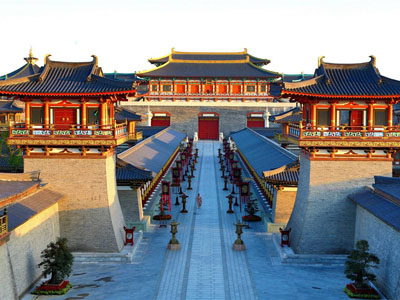
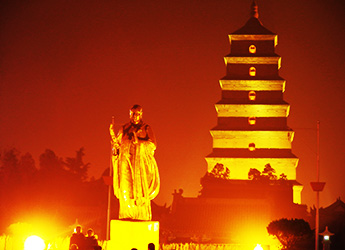 The Big Wild Goose Pagoda (dayanta) is located within the premises of the Temple of Great Maternal Grace (Dacien Si), four kilometers away from the center of the city.It is one of the city's most distinctive and outstanding landmarks, possibly the most beautiful building left in Xian today.
The Big Wild Goose Pagoda (dayanta) is located within the premises of the Temple of Great Maternal Grace (Dacien Si), four kilometers away from the center of the city.It is one of the city's most distinctive and outstanding landmarks, possibly the most beautiful building left in Xian today.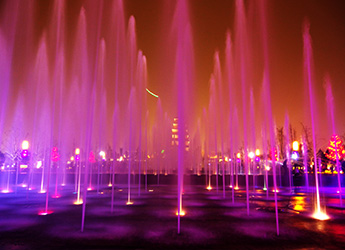 In the Tang dynasty, every successful candidate who passed the imperial examinations would have to climb up the Big Wild Goose Pagoda and wrote poems and inscriptions there. This ritual would symbolize a soaring career in the future. The fashion of writing poems and leaving inscriptions on the horizontal bars over doors and stone frameworks by successful candidates of the imperial examinations went on as far as the Ming dynasty. These poem sand inscriptions have survived till this day as a fine mirror to the city's past.
In the Tang dynasty, every successful candidate who passed the imperial examinations would have to climb up the Big Wild Goose Pagoda and wrote poems and inscriptions there. This ritual would symbolize a soaring career in the future. The fashion of writing poems and leaving inscriptions on the horizontal bars over doors and stone frameworks by successful candidates of the imperial examinations went on as far as the Ming dynasty. These poem sand inscriptions have survived till this day as a fine mirror to the city's past. 
It is overland tour to Mt. Wudangshan in Hubei province from Xian. Hubei province is located in mid China connecting many provinces in China by convenient transportation of railway, cruise, and flights......
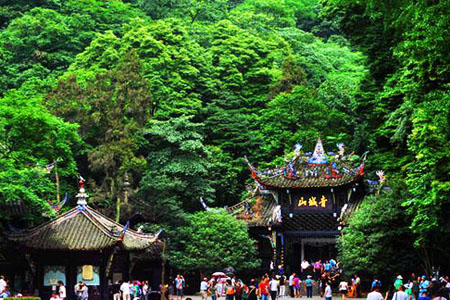
One day classic tours of Chengdu to Mt. Qingchengshan and Dujiangyan Dam will show tourist the profound of ancient Chinese wisdom and culture in harmony relation with the world. ......

The most classic one day Chengdu tours will bring tourist to Chengdu Giant panda garden and Leshan giant buddha with private travel guide and car in Chengdu, extremely convenient and easy!......

One days best Chengdu tours bring tourist to Sanxingdui museum and giant panda garden with private guide and car, making your tour in Chengdu easy. ......
This panda volunteer work provide tourist with one days unique experience of Panda volunteer project works and bring them an intimate touch with Giant pandas, also the best way to learn deep about pand......
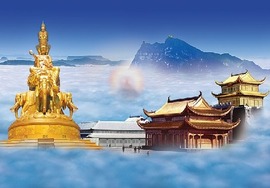
It is tour from the only one operator in Chengdu tours market offering Emeishan and Leshan tours by bullet train. Our highlights including Leshan Giant Buddha and Mt Emeishan. ......

